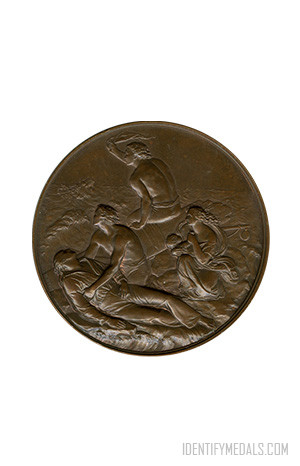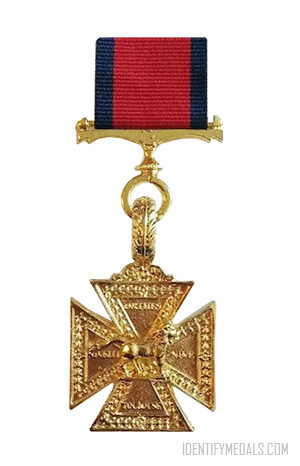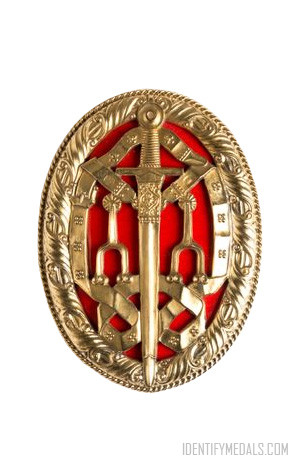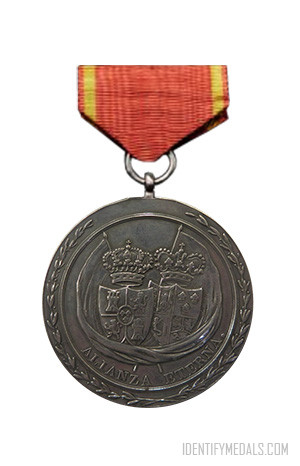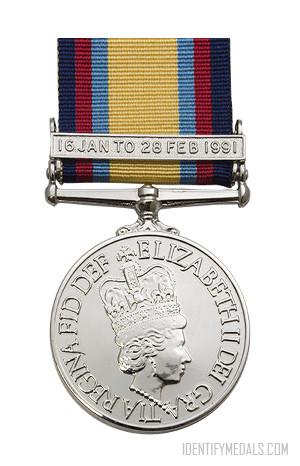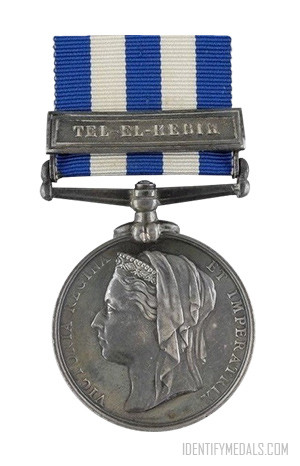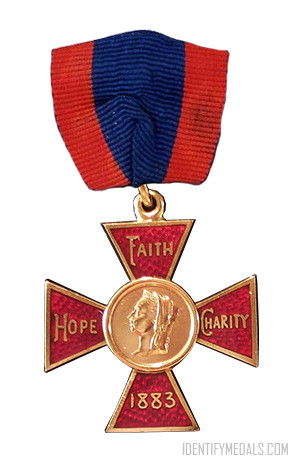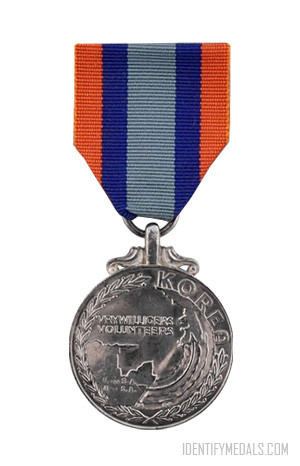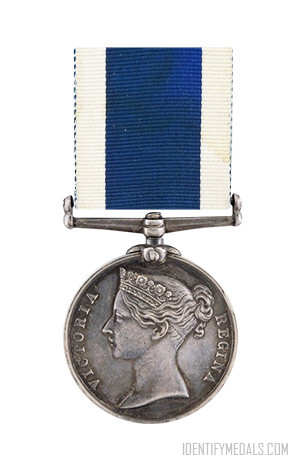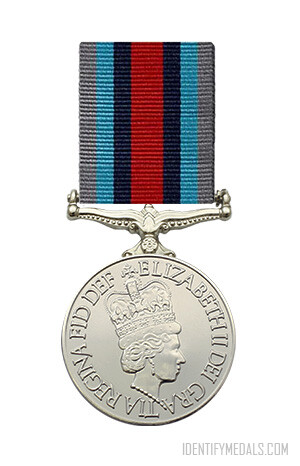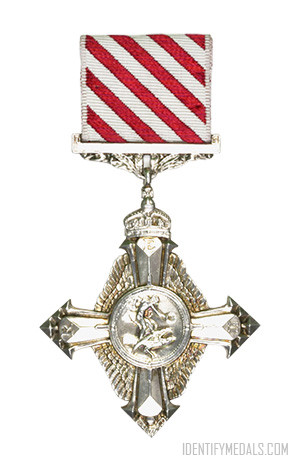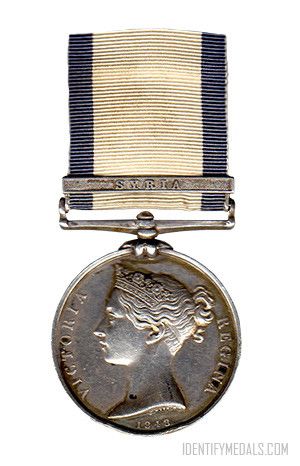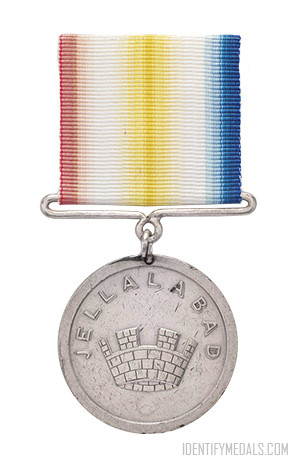- Time Period: Pre-WW1
- Year of Institution: 1855
- Country: Great Britain
The Sea Gallantry Medal (or SGM, officially ‘The Board of Trade Medal for Saving Life at Sea‘), is an award for civil gallantry at sea in Great Britain and the Commonwealth issued through the Merchant Shipping Act 1854 and first struck in 1855. This medal is exceptional in that it was authorized not by Royal Warrant but by Parliamentary legislation.
The 1856 Act made provision for monetary rewards for life-saving at sea, but in 1855 this was transmuted into medals in gold, silver or bronze. These medals were first warded either for ‘humanity‘, where there was little risk to the life of the recipient or for gallantry, where there was a significant risk to the recipient. The gold medal, if it was ever awarded, must have been of the greatest rarity.
Recipients were entitled to the post-nominal “SGM” until 29 November 2019.
There have only been two awards of the Sea Gallantry Medal (Bronze) since 1974: one in 1981 and the other in 1989. The medal was appeared to have fallen into disuse, although the award (as of 2020) has not been canceled.
The Sea Gallantry Medal Design
The medals were struck in silver or bronze (maybe in gold) and measured initially 58mm. These were not intended for wearing. In 1903 Edward VII ordered that the medal be reduced to 33mm wide and fitted with a suspension bar and ribbon for wearing. Both medals were issued with a minimum of the recipient’s name and date of rescue around the rim, and were sculpted by Bernard Wyon.
The obverse shows the profile of the reigning monarch. The reverse bears the image of a family on a storm-tossed shore reviving a drowning sailor.
The ribbon is bright red with narrow white stripes towards the edges.

